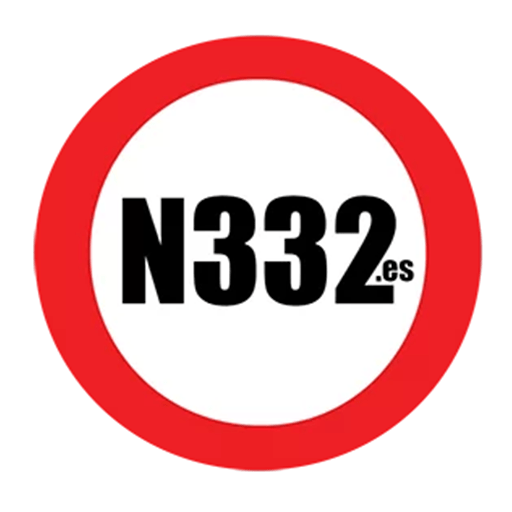Traffic monitoring technology is improving all the time, and although there are still many of the older style systems in use in Spain, such as the large, boxed speed cameras, more modern equipment is being installed all the time. Add to that the use of helicopters and drones, as well as officers on the ground, the ability to monitor unsafe practices is getting better, greatly increasing the chance of those who choose to carry out unsafe practices getting caught.
Last summer, the DGT announced more cameras being installed, and again now as part of the shock plan, but these new cameras do not only monitor speed, but many of them also monitor mobile phone use, and seat belts, and they work in both directions, unlike their traditional relations, and the most recent acquisition monitors for lane changes and stopping.
Specifically, so far, the DGT has installed six continuous line surveillance cameras and two Stop surveillance cameras.
In both cases, the fines for not respecting the continuous line and for skipping a Stop sign are 200 euro, but the latter also entails the withdrawal of four points from the licence due to the severe risk that failing to stop poses. Remember, at a junction protected by a Stop sign, you must stop the vehicle completely, not just go slowly over the line.
As for the solid lateral white line, irrespective of where you find this marking, you must not cross it with only a few exceptions. This solid white line often appears on high traffic and risky roads to prevent dangerous overtaking but can also be present on the approach to junctions, roundabouts, and even pedestrian crossings, so it is important to watch out for the road markings, and all road signs and signals at all times.
It should also be noted that when it comes to monitoring speed, many of the new cameras work over a section of road, and so just braking as you pass the camera will not help you, and is, in fact, an offence in itself.
Discover more from N332.es - Driving In Spain
Subscribe to get the latest posts sent to your email.
